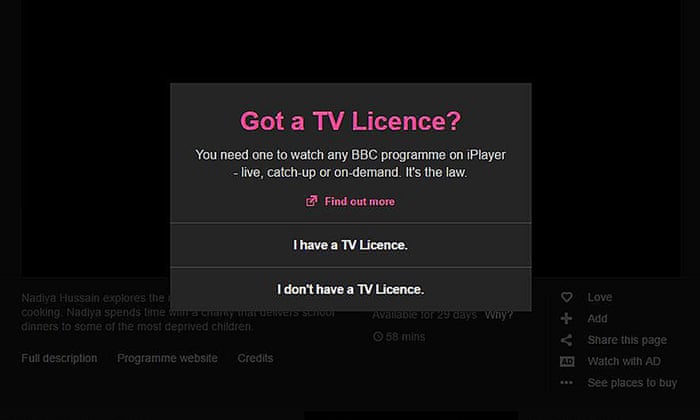Post-truth era is perilous for media, says former Sunday Times editor

Summary: Sir Harold Evans expresses concern about fake news, Trump’s attacks on media and bad behaviour by some areas of press. The rise of fake news, attacks on the media by the administration of Donald Trump, and bad behaviour by some parts of the press have created a uniquely perilous time for journalism, according to former Sunday Times editor Sir Harold Evans. vans said this was a world that was epitomised by the behaviour of Trump and those around him. “In terms of truth of journalism it is a very perilous time,” said Evans. “We have those people who don’t have the brains to distinguish facts [from fiction]. Then we have the bad performers in the press, particularly numerous in the UK … Then you have got the assault [on the media].” Evans said Trump was a “congenital liar” who lied even when there appeared to be no advantage in doing so. “He is in a class by himself as a liar; it’s so often, and so intense and so astonishing.” He then continued to say “Rupert is too intelligent to become a captive of Trump, but he may prefer Trump to anybody else. Murdoch is much more a strategic thinker, more intelligent in public affairs than Trump.” Evans added that bad behaviour by sections of the media, particularly in the UK, were undermining trust in the rest of the industry.
[] Evans was editor of the Sunday Times for 14 years
[] After Murdoch’s acquisition of Times newspapers in 1981, he was made editor of the daily title, but resigned shortly afterwards over what he has said were political differences with the new owner.
[] However, he said he opposed Murdoch’s bid to take full control of Sky through a takeover by 21st Century Fox, on the grounds that concentration of media reduced incentives to tell the truth.
In my opinion: Trust and the truth are very hard for the customers to do with industries in media and the platforms that are in it, this is all due to the elite and their power of hiding things from the audience but then also harder for the audience to do due to the increase of fake news and realising that internet can be quite deceiving and that is of how we have made the internet to be as well as what we expect from the news to also deliver to us.




